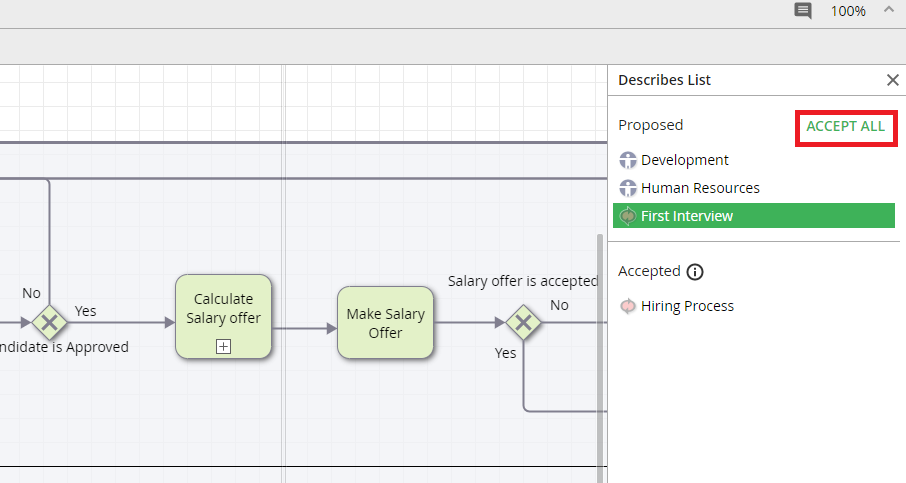Written by Guest Blogger, Ian Hawkins, Editor at PEX Network
Do things happen in your business which escalate and cause problems further up the chain? Do things fall apart because an instruction hasn’t been followed?
The band Van Halen used to have a line in their technical rider, a document that covers the band’s requirements from the number of electrical outlets to the size of the stage and the catering requirements for the crew. Deep in the band’s rider was a line requesting a bowl of M&Ms, but with the stark warning that ‘NO brown M&Ms will be allowed backstage on penalty of forfeiture of the full fee and cancellation of the show.’ What looks, on the face of it, like an example of rock ‘n’ roll excess, the M&M rule is actually a little more crafty than that: the band was on a long tour, and every venue was different. The technical requirements for the show which included lighting, sound, pyrotechnics and stage illusions was more like a phone book than a pamphlet. The band didn’t want to painstakingly check every nut and bolt before every show – but if they saw brown M&Ms in the bowl in their dressing room, they knew at a glance that the rider hadn’t been read and understood.
Whether you’re putting on a spectacular concert or building a widget, when instructions aren’t followed it means a problem is going to spin out of control. Despite tighter margins, small businesses are probably at an advantage when it comes to putting things right quickly – just think of the financial institutions that have been brought down by rogue traders who have steered their bosses into a perfect storm of poor visibility and too much rope. The danger is real, and it takes strong relationships, agility and someone to take responsibility to get through it. Do you hear that noise? That would be me, banging the drum for SMEs (small and medium enterprises).
According to Chris McClellan, CEO at RAM Tracking, the chief advantages of being an SME – ‘adaptability, innovation and strong customer relationships’ – are a significant factor in fuelling revenue growth in 2018. ‘And this optimism doesn’t cease when crossing the pond,’ says Chris, ‘with the recent US National Federation of Independent Business survey reporting one in five SMEs looking to both hire and expand during 2018.’
As I write this, the big bad news story is that restructuring experts at the House of Fraser will probably recommend measures leading to significant job losses.
Legacy retail has been the most obvious casualty of digital transformation, and big changes now may not be enough to save the company from failing to implement smaller changes five years ago. Meanwhile, entrepreneurs and online retail are enjoying a purple patch. So this seems like a great time to be an SME, but what does this mean in the world of PEX?
Viewing the world through my PEX-tinted glasses (or sPEX, if you will), organizations of all sizes can do well to learn from others, and sometimes the lessons from a start up are as useful to the blue chips as they are when the shoe is on the other foot. Consider this: Google has long partnered with new tech companies to get the advantage of good ideas and founder (Appsbroker for example). Strong customer relationships are more difficult to achieve when your customer is sitting beyond the veil of technology, but with bots and AI, deepening those relationships and serving those customers’ needs is easier than it used to be.
SMEs, then, are in an interesting position, and how they take advantage of it depends on what the business owners want and how ambitious they’re feeling. Process excellence has a part to play in all of this.
If you’re looking to sell your business, or partner with a larger company, having clear processes make you look a lot more attractive: scalability is going to appeal, and although you don’t want to give away your working methods, you don’t want to be a complete ‘black box’ either.
Having a clear process is also helpful if you’re looking for investment, and getting the processes right means a higher return for investors (and a bigger cushion should anything go awry).
Natural leaders tend to be competitive and enjoy making their own decisions; few things are as frustrating as making a decision and not seeing it put into action.
Large organizations have leaders along the chain of command, and each leader has to feel they have some power to affect change. Process Excellence can make these changes easier to make and see working as the entrepreneur finds their expanding business requires more and more delegation.
SMEs are at a huge advantage in that the visibility is much better than it would be for a larger organization. As the boss retreats from the front line, it becomes more difficult to keep tabs on what’s going on. Van Halen were aware of this problem in the 1970s. Identifying the problem is the first step to solving it, and whether your organisation is big or small, simple or complicated, PEX has a part to play. The seeds of failure are often sown early in an enterprise. How do you spot them? For Van Halen, they look like brown M&Ms. What about yours?


















